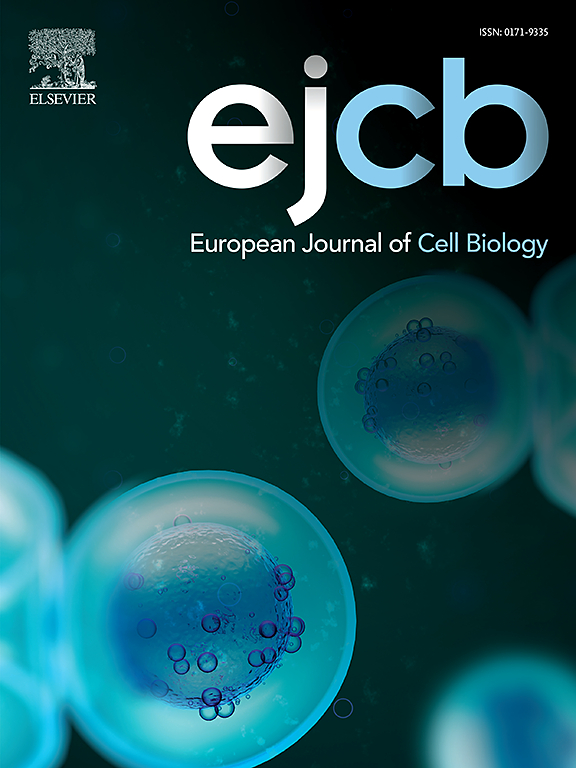Human pluripotent stem cell-derived intestinal organoids for pharmacokinetic studies
IF 4.3
3区 生物学
Q2 CELL BIOLOGY
引用次数: 0
Abstract
The human small intestine is essential for orally administered drugs' absorption, metabolism, and excretion. Human induced pluripotent stem cell (hiPSC)-derived intestinal epithelial cells (IECs) offer a useful model for evaluating drug candidate compounds. We previously reported a protocol to generate matured enterocyte-like cells that exhibit P-gp-mediated efflux and cytochrome P450 3A (CYP3A)-mediated metabolism from human iPSCs. However, under the current protocols, generating iPSC-derived intestinal enterocyte-like cells requires a multi-step differentiation procedure and is time-consuming. Recent progress in intestinal organoid (IO) study provides an understanding of the growth factors that enable the maintenance of adult stem cells. Here, we established an easily accessible protocol using a direct 3D cluster culture to derive IOs from hiPSCs (iPSC-IOs) with high self-proliferative ability. The hiPSC-IOs can be propagated for a long-term and maintained capacity to differentiate and can be cryopreserved. Upon seeding on a two-dimensional monolayer, hiPSC-IOs gave rise to the intestinal epithelial cells (IECs) containing mature cell types of the intestine. The hiPSC-IOs-derived IECs contain enterocytes that show CYP metabolizing enzyme and transporter activities and can be used for pharmacokinetic studies.
用于药代动力学研究的人多能干细胞衍生的肠道类器官
人体小肠对于口服药物的吸收、代谢和排泄至关重要。人诱导多能干细胞(hiPSC)来源的肠上皮细胞(IECs)为评价候选药物化合物提供了一个有用的模型。我们之前报道了一种从人iPSCs中产生成熟的肠细胞样细胞的方案,这些细胞表现出p- gp介导的外流和细胞色素P450 3A (CYP3A)介导的代谢。然而,在目前的方案下,生成ipsc衍生的肠细胞样细胞需要一个多步骤的分化过程,并且很耗时。肠道类器官(IO)研究的最新进展提供了对维持成体干细胞的生长因子的理解。在这里,我们建立了一个易于访问的协议,使用直接3D集群培养从具有高自我增殖能力的hiPSCs (iPSC-IOs)中获得IOs。hiPSC-IOs可以长期繁殖并保持分化能力,可以冷冻保存。在二维单层上播种后,hiPSC-IOs产生含有肠成熟细胞类型的肠上皮细胞(IECs)。hipsc - ios衍生的IECs含有显示CYP代谢酶和转运蛋白活性的肠细胞,可用于药代动力学研究。
本文章由计算机程序翻译,如有差异,请以英文原文为准。
求助全文
约1分钟内获得全文
求助全文
来源期刊

European journal of cell biology
生物-细胞生物学
CiteScore
7.30
自引率
1.50%
发文量
80
审稿时长
38 days
期刊介绍:
The European Journal of Cell Biology, a journal of experimental cell investigation, publishes reviews, original articles and short communications on the structure, function and macromolecular organization of cells and cell components. Contributions focusing on cellular dynamics, motility and differentiation, particularly if related to cellular biochemistry, molecular biology, immunology, neurobiology, and developmental biology are encouraged. Manuscripts describing significant technical advances are also welcome. In addition, papers dealing with biomedical issues of general interest to cell biologists will be published. Contributions addressing cell biological problems in prokaryotes and plants are also welcome.
 求助内容:
求助内容: 应助结果提醒方式:
应助结果提醒方式:


